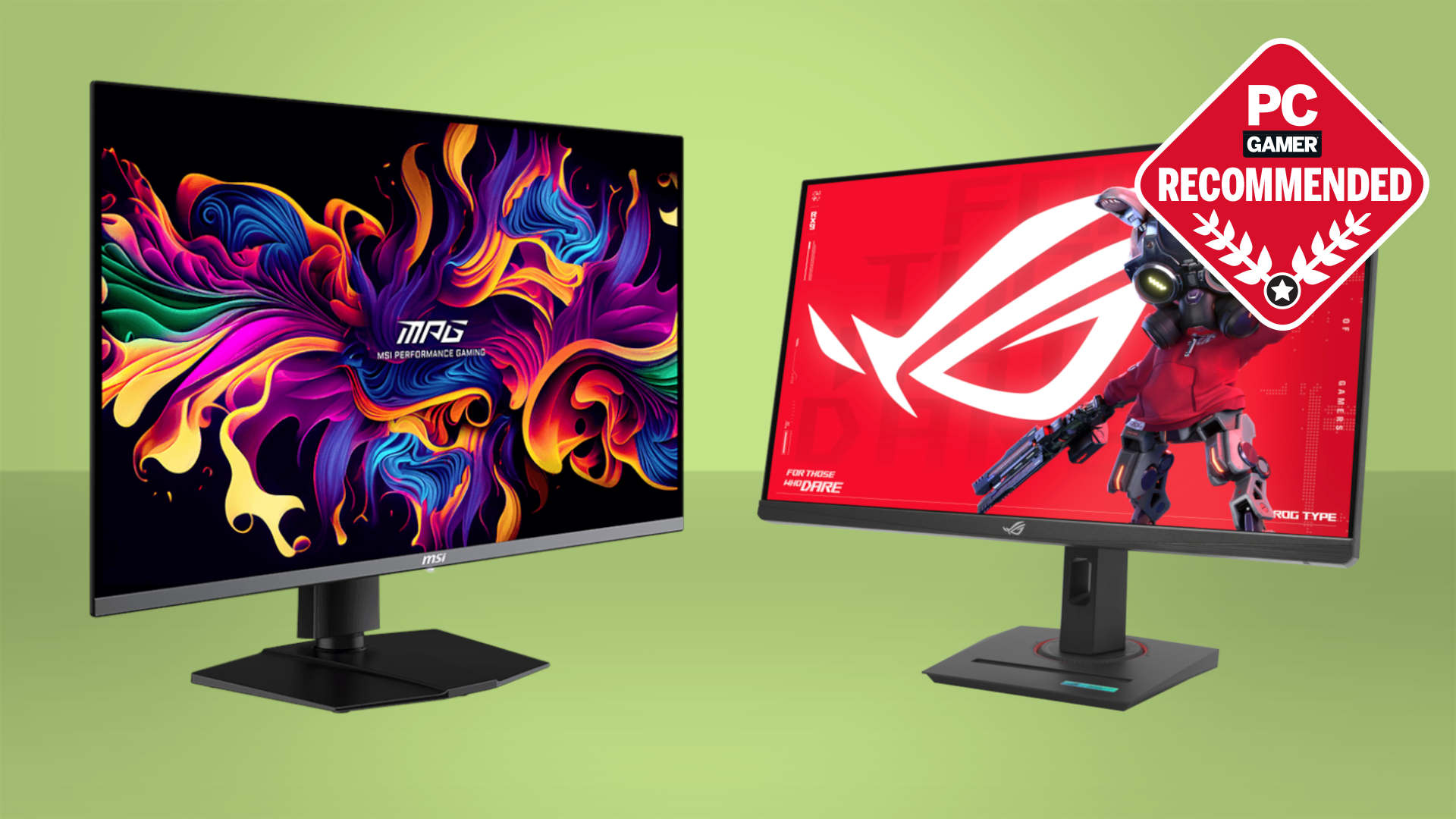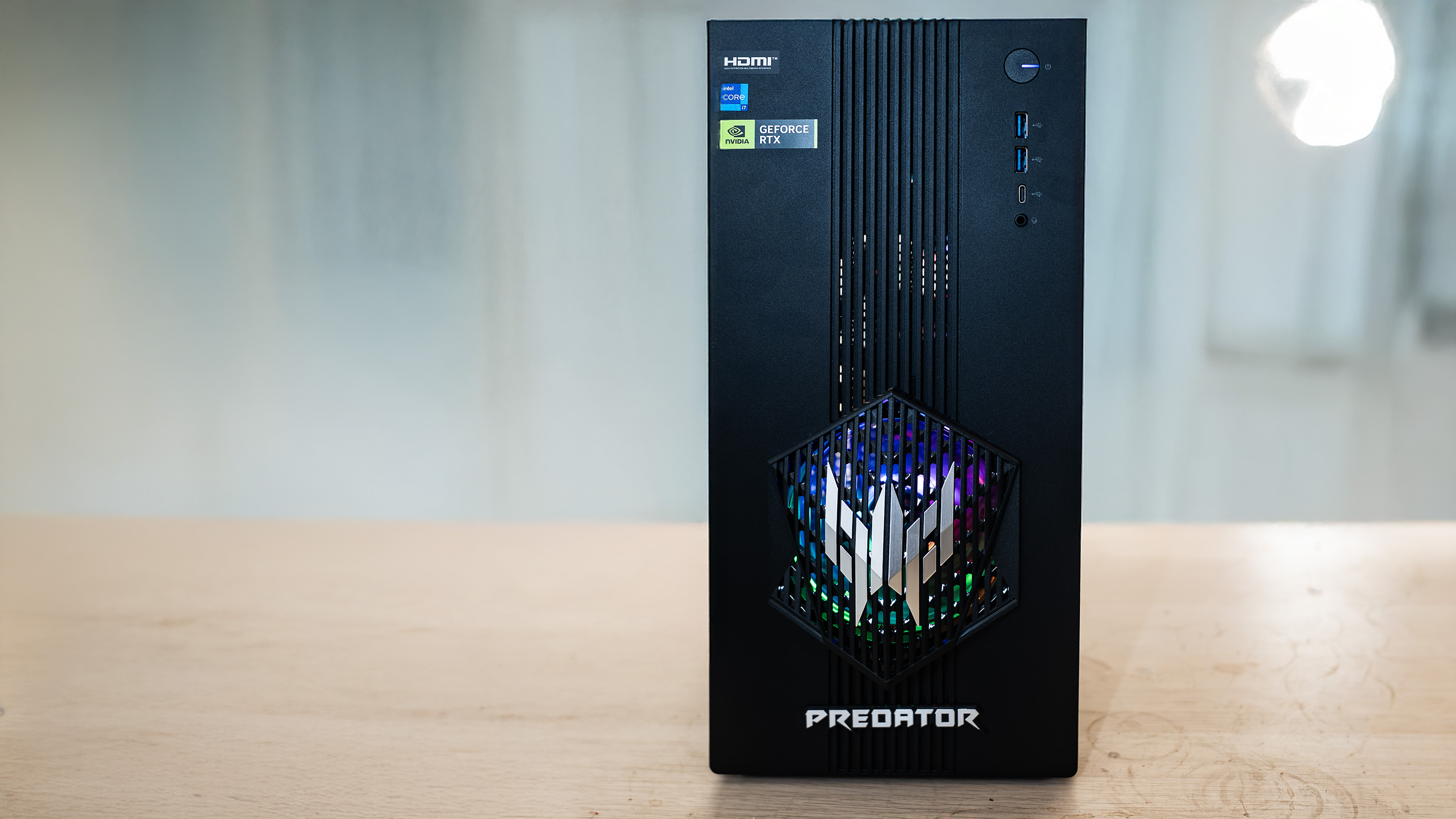Newegg has 13 RTX 5050 models ready for the baby Blackwell's release, but no one in their right mind should be paying $250 for one, let alone $290 for a measly overclock
Someone make it make sense.
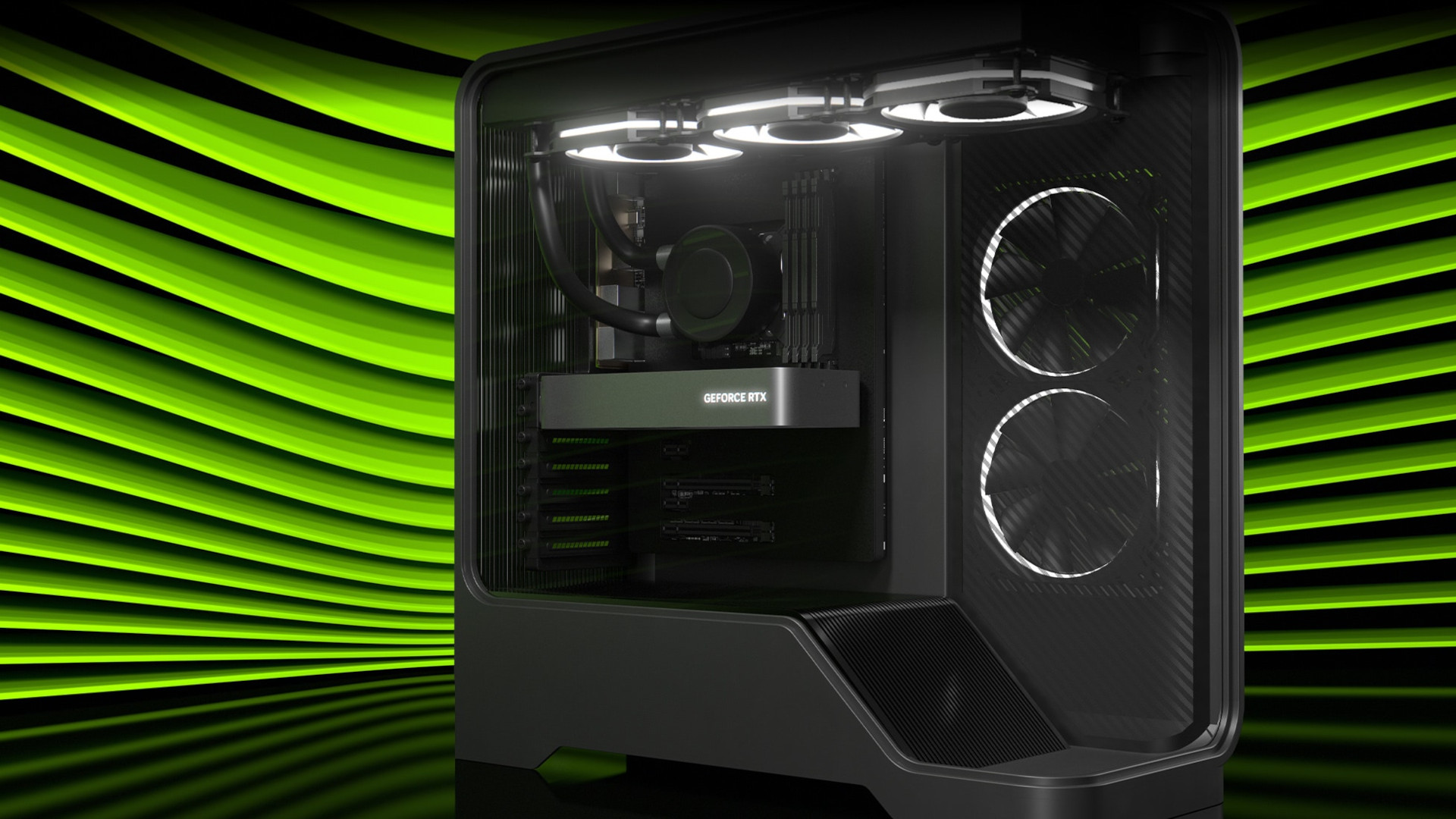
The exact release date for Nvidia's new GeForce RTX 5050 desktop graphics card isn't crystal clear, but one major US retailer is already listing 13 different models, with most of them coming in at $250 bar one cent. However, the most expensive one is $290—just $10 less than Newegg's cheapest RTX 5060. So who exactly is going to buy one?
Nvidia's announcement for its GeForce RTX 5050 desktop graphics card caught us all somewhat by surprise, partly because the media typically gets an embargoed heads-up about such things (which, to the best of my knowledge, none of us did) and partly because the RTX 5060 was already the lowest-tier Blackwell GPU you'd ever really want.
As our Hardware Editor-in-Chief Dave James found during his live review of the RTX 5060, it's a fair bit quicker than its predecessor, the RTX 4060, and they're easy to find in stock at its $300 MSRP. Well, not that there are many models at that price (Newegg just has two), but that's all you really need to be spending on such a graphics card.
Anyway, driver-wobbles aside, it's a reasonable enough entry-level GPU—its VRAM is speedy GDDR7 and you've got the full DLSS 4 package of upscaling, multi frame generation, and ray reconstruction to enjoy. But Nvidia clearly decided it wasn't basic enough, hence the $50 cheaper RTX 5050.
Apart from the Asus' Prime RTX 5050, listed at $290 on Newegg, which is only $10 cheaper; for the life of me, I cannot see who is actually going to buy that card. Let me explain why with the aid of the table below, which summarises the pertinent specs for the $290 RTX 5050 and the cheapest RTX 5060 at Newegg:
| Header Cell - Column 0 | Asus Prime RTX 5050 | Gigabyte Windforce RTX 5060 |
|---|---|---|
Newegg price | $289.99 | $299.99 |
Shader cores | 2,560 | 3,840 |
TMU count | 80 | 120 |
ROPs count | 32 | 48 |
Boost clock | 2,707 MHz | 2,512 MHz |
FP32 peak throughput | 13.86 TFLOPS | 19.30 TFLOPS |
Peak texture rate | 216.7 Gtexels/s | 301.4 Gtexels/s |
Peak pixel rate | 86.6 Gpixels/s | 120.6 Gpixels/s |
Memory bus | 128-bits | 128-bits |
VRAM amount & type | 8 GB GDDR6 | 8 GB GDDR7 |
VRAM peak bandwidth | 320 GB/s | 448 GB/s |
That $300 RTX 5060 is 39% faster in terms of shading throughput, texturing, and pixel read/writes than the $290 RTX 5050. It also has 40% more VRAM bandwidth, though it does use around 15 W more power, but that's nothing, really. And all that for just 10 whole extra dollars.
I don't say this to be mean to Asus or Newegg, but I sincerely hope that not a single one of those Prime RTX 5050 cards is sold. Nobody with right-minded thinking should be even looking at one, and if you have a friend or family member who might be on the fence about going for such a fancy-at-face-value graphics card, then please steer them away immediately.
Keep up to date with the most important stories and the best deals, as picked by the PC Gamer team.
Sure, it's an overclocked model and it sports three fans instead of the usual two, but if they absolutely must have a new Nvidia RTX 50-series card and they can't spend any more than $290, then just give them $10 so they can have an RTX 5060.
But what if they only have $250? Should they consider the cheapest RTX 5050 then? Heavens above, no. Hand over that $10 you've got and direct them to an Intel Arc B570 for $260 at Amazon. Its drivers are a tad wonky-donkey at times, and Intel's upscaler and frame generator aren't as good or widely supported, but it's a perfectly fine GPU otherwise.
And although we've not tested an RTX 5050 yet, it's clearly not going to be anywhere near as fast as an RTX 5060 or Arc B570 in games.
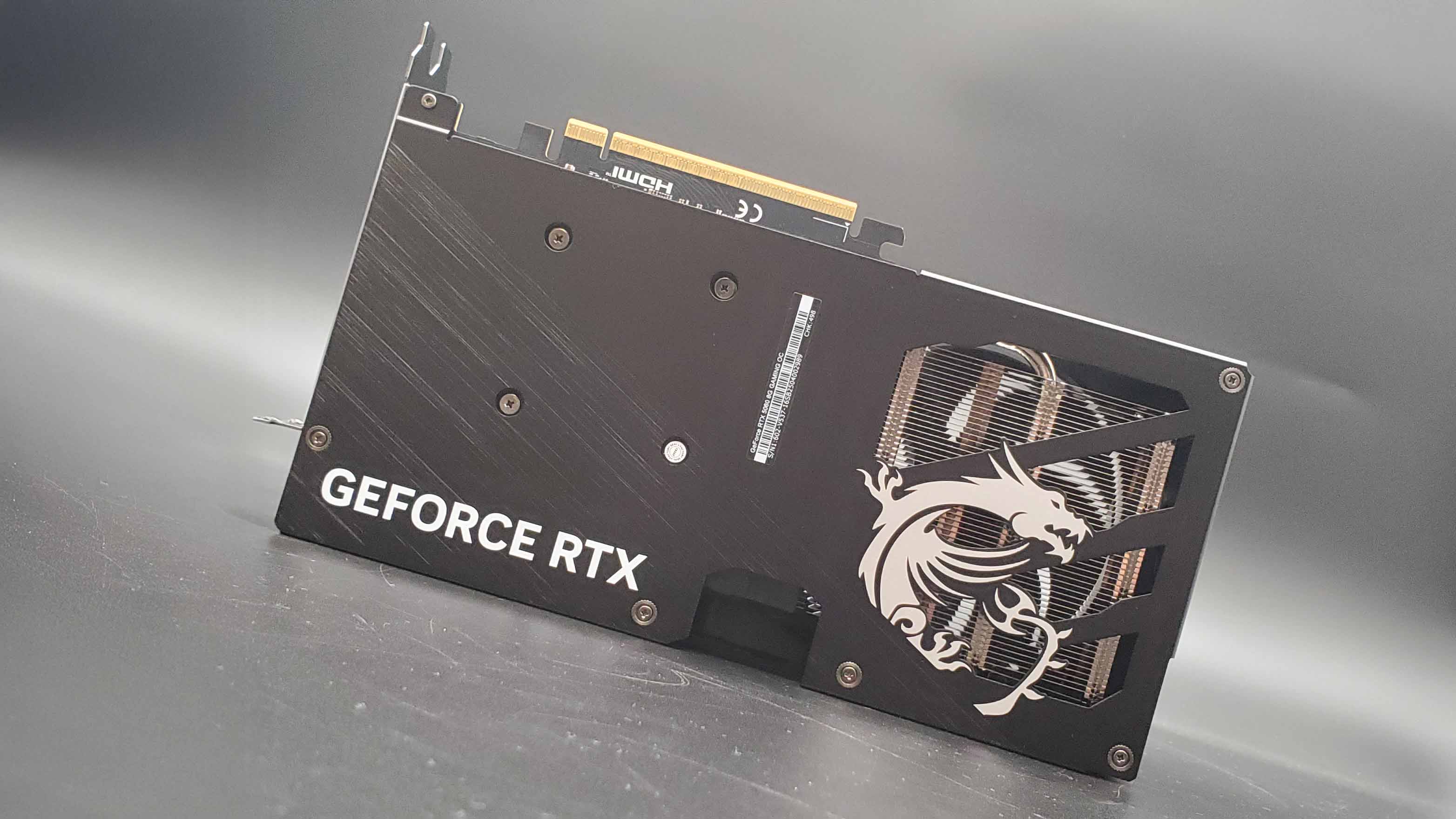
If Nvidia launched the RTX 5050 with a $200 MSRP, I'd recommend one in a flash, but I suspect no add-in board vendor would be happy with that price tag, as they'd have next to no profit margin. The alternative would be a better GPU in the card, one that was only 20 to 25% down on an RTX 5060, but Nvidia would have a hard time justifying the extra cost for the 5060.
Ultimately, the RTX 5050 should have really stayed in the same sector as its last-generation sibling. The RTX 4050 was fine for powering entry-level gaming laptops, and I should know, because I've been using one for nearly a year to test all of the latest and greatest games. Stick to 1080p and medium-ish settings, and it'll run most games with enjoyable performance; throw in upscaling and in some cases, a dash of frame generation, and it's surprisingly good—again, for an entry-level laptop GPU.
That's going to be the same for the RTX 5050. But as an entry-level desktop graphics card? Gosh no, absolutely not.
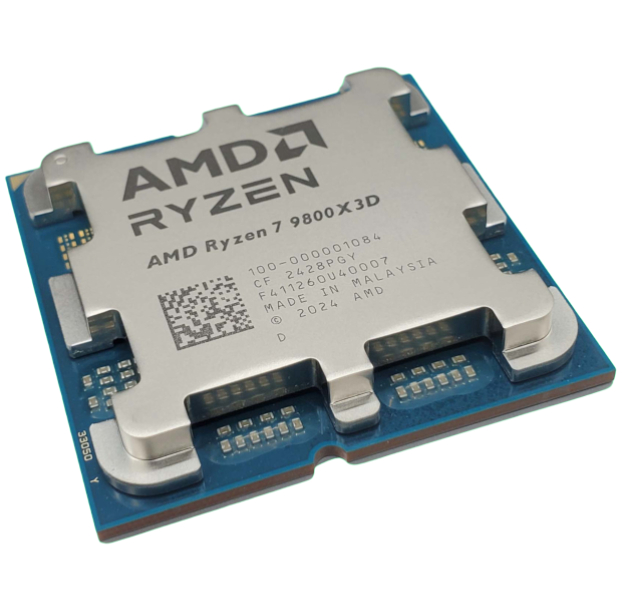
👉Check out our list of guides👈
1. Best CPU: AMD Ryzen 7 9800X3D
2. Best motherboard: MSI MAG X870 Tomahawk WiFi
3. Best RAM: G.Skill Trident Z5 RGB 32 GB DDR5-7200
4. Best SSD: WD_Black SN7100
5. Best graphics card: RTX 5070 Ti or RX 9070 XT (whichever is cheaper)

Nick, gaming, and computers all first met in the early 1980s. After leaving university, he became a physics and IT teacher and started writing about tech in the late 1990s. That resulted in him working with MadOnion to write the help files for 3DMark and PCMark. After a short stint working at Beyond3D.com, Nick joined Futuremark (MadOnion rebranded) full-time, as editor-in-chief for its PC gaming section, YouGamers. After the site shutdown, he became an engineering and computing lecturer for many years, but missed the writing bug. Cue four years at TechSpot.com covering everything and anything to do with tech and PCs. He freely admits to being far too obsessed with GPUs and open-world grindy RPGs, but who isn't these days?
You must confirm your public display name before commenting
Please logout and then login again, you will then be prompted to enter your display name.
